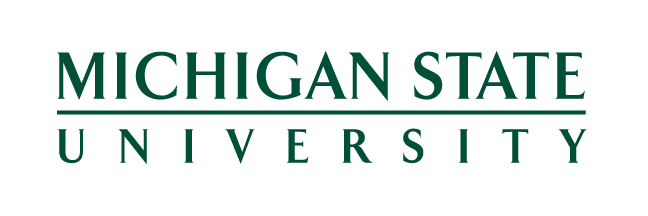
Danielle Sanderson Edwards
Michigan State University, EPIC
Kaitlin Anderson
Michigan State University, EPIC
Emily Mohr
Michigan State University, EPIC
A Policy Brief from EPIC
Transportation, Choice and Parental Priorities: An Analysis of Detroit’s GOAL Line Program
June 2019
This policy brief analyzes GOAL Line ridership and afterschool attendance for October 2018 through January 2019. In addition, it links the ridership and attendance data to parent responses on a December 2018 survey administered by the Education Policy Innovation Collaborative (EPIC) at Michigan State University. The key goal is to assess patterns of GOAL Line use. Specifically, we consider 1.) overall patterns of GOAL Line ridership; 2.) patterns of consistent or frequent ridership; 3.) patterns of new and persistent ridership; 4.) the use of GOAL Line to attend afterschool care; 5.) parental satisfaction with GOAL Line, and 6.) GOAL Line ridership and neighborhood residence in Detroit.
KEY FINDINGS INCLUDE:
- Parents of GOAL Line riders are satisfied with the service, with more frequent riders reporting higher rates of satisfaction. A higher percent of consistent riders (those who ride at least once a month or once a week), frequent riders (students who have rode GOAL Line at least 25% of possible opportunities), and morning riders are very satisfied or satisfied with GOAL Line than their counterparts.
- GOAL Line may also encourage students to remain in schools within the city. A higher percent of parents of frequent riders reported considering sending their child to outside schools compared to parents of less frequent riders. Relative to families of students who use GOAL Line less often, a higher percent of parents of consistent riders, frequent riders, and morning riders reported keeping their child in Detroit because of GOAL Line.
- Most GOAL Line riders live in northwest Detroit. Consistent and frequent riders live near GOAL Line schools but closer to their morning and afternoon bus stops than their attended school on average.
- Ridership increased 6% over the course of the school year. GOAL Line gained 141 riders after October 2018 and 63 of them joined in January. However, 111 of fall semester riders did not use GOAL Line in January.
- GOAL Line provides a particular service to afternoon riders. The average number of afternoon rides per rider is 3 to 4 times more than the average number of morning rides. 63% of riders have never ridden GOAL Line in the morning while only 2% of riding have never used GOAL Line in the afternoon.
- GOAL Line primarily provides access to afterschool care. On average, 84% of afternoon riders use GOAL Line to attend afterschool care, ranging from 64% to 91% of afternoon riders attending afterschool care on a given day. 77% of all rides are in the afternoon. This means that approximately 64% of all rides are used to travel to and from afterschool care.
- Most individuals ride GOAL Line relatively inconsistently. On average, students ride GOAL Line about 20% of possible opportunities to ride. 52% of riders have used GOAL Line at least once each month; only 12% have ridden GOAL Line at least once each week.



